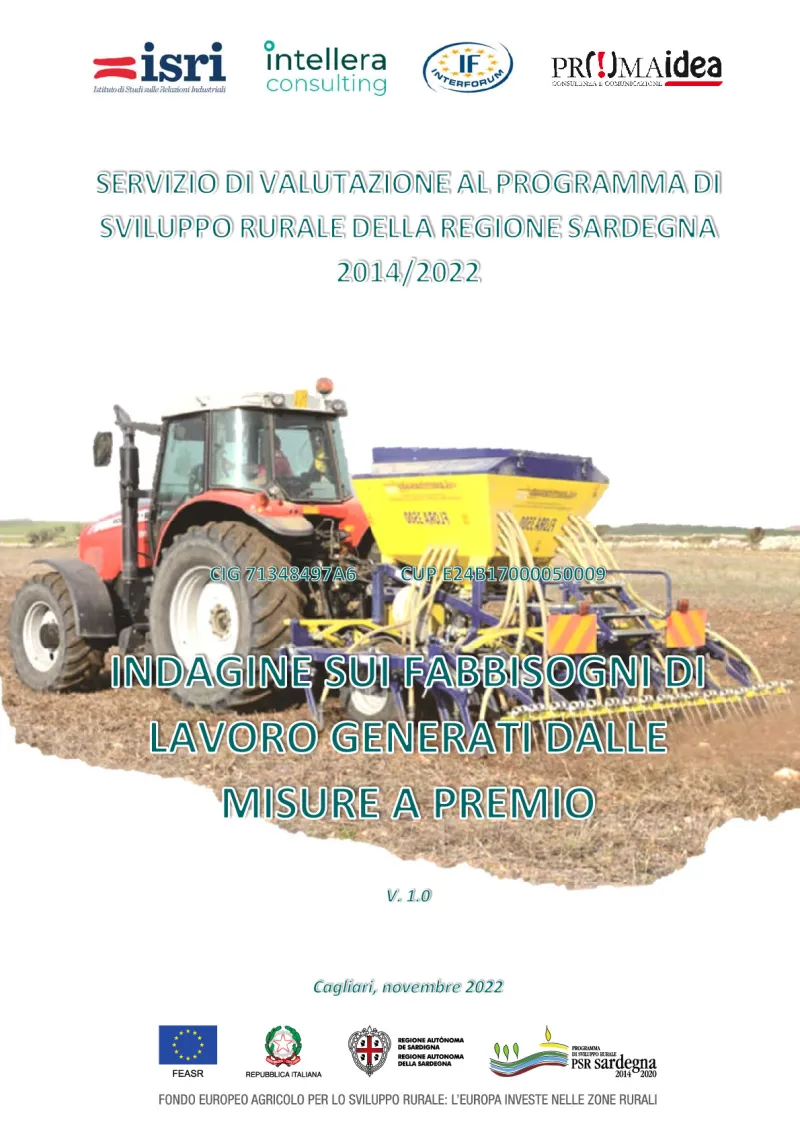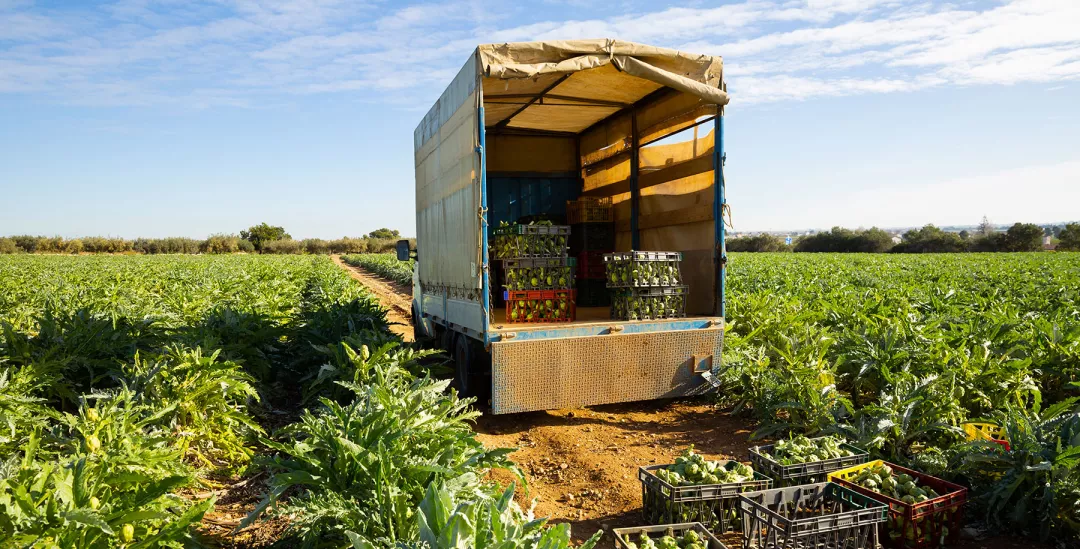Analysis on labour needs generated by area-based measures
The Sardinia region commissioned the evaluation referring to the 2014-2020 Sardinian Rural Development Programme (RDP). It refers to the commitments carried out under Measures 10, 11 and 14.
- Italy
- 2014-2022
- Environmental impacts


The measures have been subject to thorough assessments of direct and indirect effects on the environment. They are not analysed concerning the effects they may have on labour requirements.
This study compared agronomic practices closely related to commitments with normal agronomic activities. The ultimate aim is to understand whether commitments linked to those measures lead to increased hours worked (man hours and/or machine hours).
The evaluation question to be answered is: What side effects have the premium measures had in terms of increasing labour needs?
The following criteria have been identified for measuring efforts devoted to surface measure:
- Annual human hours/hectares as a result of the commitments of the area-based measures.
- Annual machine hours/hectares as a result of the commitments of the area-based measures;
- Additional total annual human hours from the commitments of the area-based measures;
- Additional total annual machine hours from the commitments of the area-based measures.
The methods used for this assessment are:
- A desk analysis (including a cluster analysis) on RDP information (such as commitments, crops and areas under commitment) and a detailed literature review.
- As regards Measure 14, an examination of the additional commitments provided for each intervention and an estimation of the additional hours of work due to their introduction into livestock holdings.
The main limitations reported are related to the difficulty in finding homogeneous jobs and/or related to specific characteristics of the respective field of investigation.
The evaluation found that adopting organic farming, integrated farming and animal welfare methods leads to an increase in the working hours necessary to carry out agricultural practices on the farms that adopt them.
In the case of Measure 14, intervention 14.1.1 showed a surplus of over 5.6 million working hours. The contribution of the pig sector is also important with almost 570 000 additional hours. The dairy and beef sectors provided a surplus of 216 000 and 55 000 working hours, respectively.
The increase in units of labour related to adopting the organic method is slightly higher than the one related to the integrated method. The total of additional units of labour per year amounted to just over 330.
The increase in units of labour linked to the fulfilment of animal welfare commitments amounted to almost 3 200 units.
Author(s)
Isri, Intellera consulting, IF interforum, PrimaIdea.
Resources
Documents
Analysis on labour needs generated by area-based measures
(PDF – 1.04 MB – 49 pages)